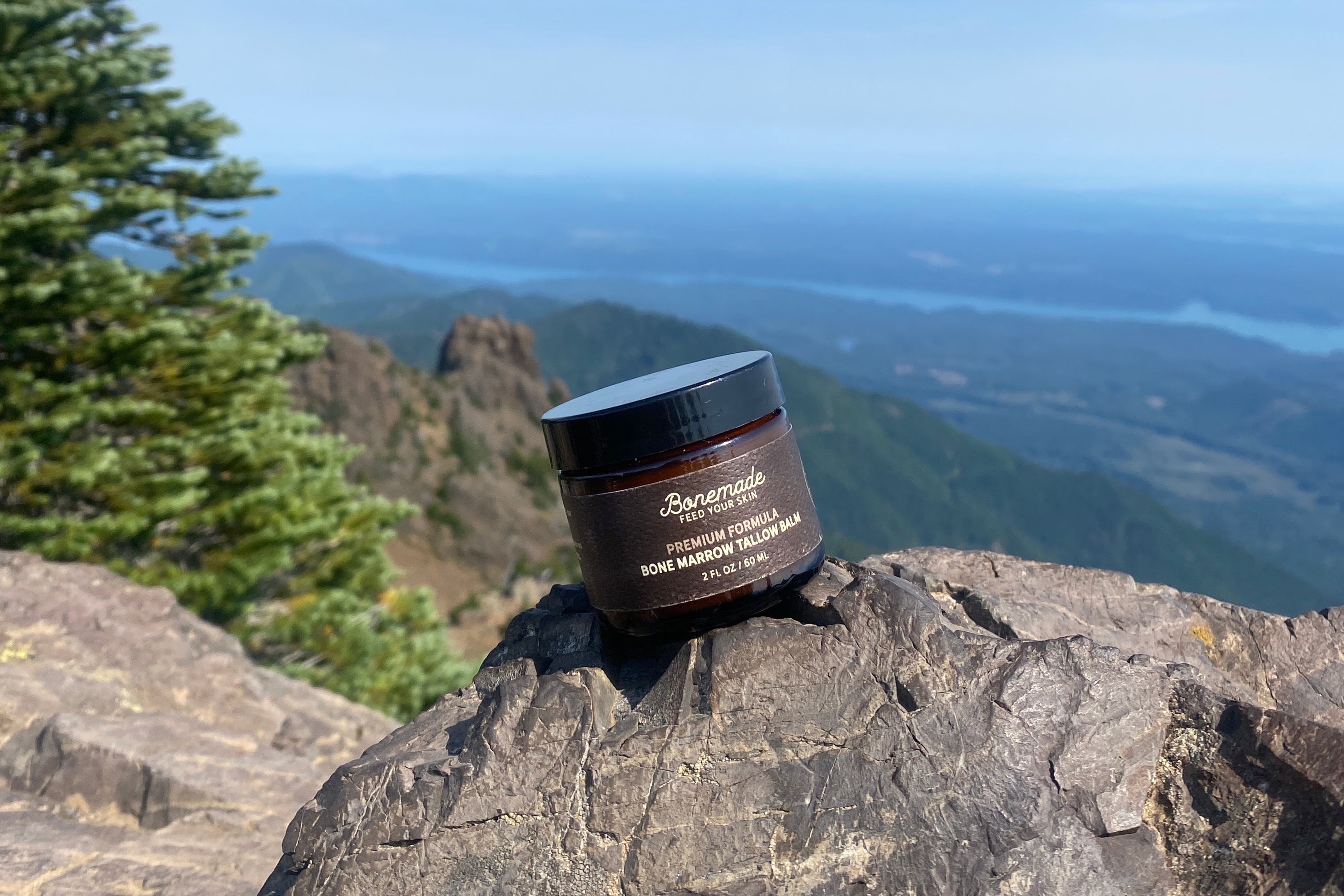The Environmental Impact: Why Sustainable Beef Tallow Matters
With the surge in eco-conscious consumerism, the spotlight on sustainable Beef Tallow Moisturizer has never been brighter. While tallow sometimes gets overshadowed by plant-based oils, its environmental footprint can actually be lower—especially when sourced from regenerative farms. In this final post, we’ll explore the eco-benefits of grass fed beef tallow, from zero-waste production to carbon footprint considerations.
Sustainable Production of Grass Fed Beef Tallow Moisturizer
-
Regenerative Agriculture with Beef Tallow Moisturizer
-
Soil Health: Rotational grazing practices promote nutrient-rich soils, potentially sequestering carbon and fostering biodiversity.
-
Water Retention: Healthy soil retains water more effectively, supporting local ecosystems.
-
Ethical Animal Husbandry
-
Grass-fed livestock roam freely, often requiring fewer antibiotics or hormone interventions.
-
This approach aligns with humane treatment standards, minimizing stress on animals.
-
Byproduct Utilization
-
Beef Tallow Moisturizer is a byproduct of meat production—using it reduces overall waste.
-
Instead of discarding the fat, repurposing it for skincare is a prime example of nose-to-tail resourcefulness.
Zero-Waste Beauty with Tallow Products
-
Minimal Ingredients
-
Beef Tallow Moisturizer 's typically have fewer than five ingredients—tallow, a stabilizer like beeswax, and possibly essential oils.
-
Fewer components often mean less resource use in manufacturing and shipping.
-
Reusable or Recyclable Packaging
-
Look for brands that use glass or metal tins. These materials are frequently recyclable or reusable, lowering landfill contributions.
-
Longevity of Product
-
Beef Tallow Moisturizer skincare is highly concentrated, so a little goes a long way. Less frequent repurchasing translates to fewer production and shipping cycles.
Comparing Carbon Footprint: Beef Tallow Moisturizer vs Synthetic Skincare
|
Factor |
Beef Tallow Moisturizer |
Synthetic Skincare |
|
Raw Materials |
Derived from a natural byproduct of responsible animal farming |
Often uses petroleum-based chemicals and heavily processed plant oils |
|
Manufacturing Process |
Slow rendering, minimal refining |
Multiple chemical steps, refining, preservatives, etc. |
|
Packaging |
Typically simpler; smaller batches sometimes use glass/metal containers |
Large-scale brands may use significant plastic packaging |
|
Waste |
Utilizes existing resources (animal fat), reducing overall waste |
Extraction and refinement of petrochemicals can produce harmful byproducts |
|
Biodegradability |
Tallow-based products are generally more biodegradable in soil or water |
Synthetic chemicals may persist in ecosystems or require energy-intensive disposal |
Ethical Consumerism & Beef Tallow Moisturizer
-
Knowing Your Source: Reputable brands often highlight partnerships with local farms, detailing the animals’ living conditions and feed practices.
-
Supporting Regenerative Farms: Buying from these farms encourages the adoption and spread of sustainable agriculture.
-
Empowering Small Businesses: Many tallow skincare brands are small or family-owned operations, creating a community-driven ecosystem that fosters transparency.
Overcoming Misconceptions with Beef Tallow Moisturizer
-
“But Isn’t Tallow Animal-Based? Isn’t That Bad?”
While it’s true that plant-based options exist, animal products can be sustainable when sourced responsibly. Grass-fed beef tallow specifically utilizes a leftover resource from meat production, thus preventing waste. -
“Isn’t Cattle Farming a Major Polluter?”
Conventional feedlot systems are indeed resource-intensive. However, regenerative grazing can sequester carbon in the soil. The net impact depends on farming methods; supporting grass-fed, pasture-raised, local farms helps tip the balance toward sustainability.
Conclusion
By choosing sustainable Beef Tallow Moisturizer, you’re making a statement that zero-waste and ethical sourcing matter. From strengthening local economies to regenerating farmland, grass-fed beef tallow represents a compelling option for eco-conscious skincare enthusiasts. It aligns with both historical wisdom—waste nothing—and modern ecological imperatives—reduce our carbon footprint and preserve biodiversity.
Make an Impact: Browse our Sustainably Sourced Tallow Balms to see how easy it is to align your skincare routine with your eco-values. Every jar is a commitment to better land stewardship, healthier animals, and a more resilient planet.



